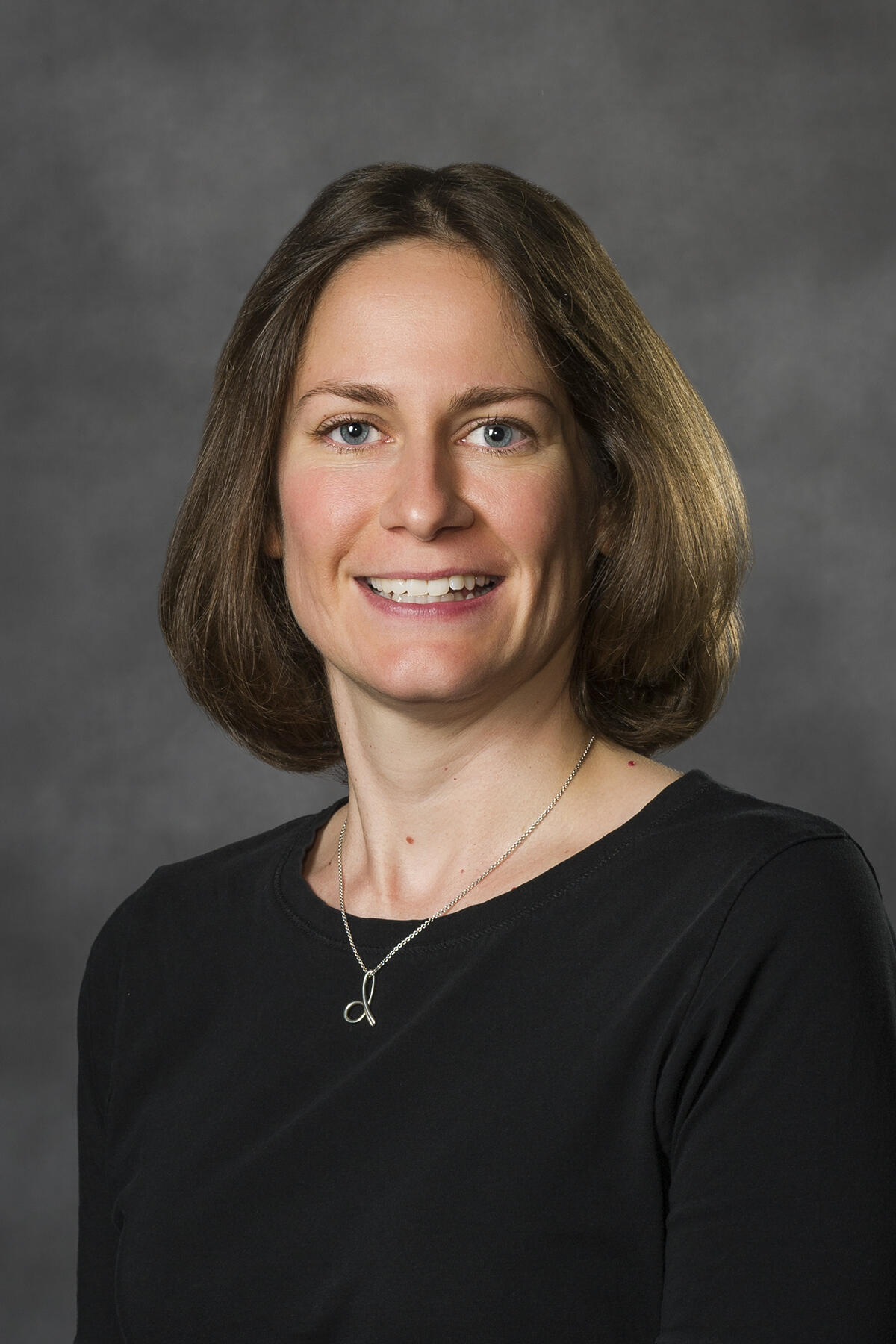
Feb. 2, 2021
Students in a VCU math class have published 6 research papers in top journals. More are on the way.
Share this story
It’s a rare and exciting opportunity when an undergraduate student gets the chance to co-author a research paper published in a prestigious academic journal. So it is particularly notable that students in one Virginia Commonwealth University class — “Introduction to Mathematical Biology” — have co-authored six articles that have been published so far, another two that have been accepted for publication, and two more that have been submitted.
One study, “A Voluntary Use of Insecticide Treated Nets Can Stop the Vector Transmission of Chagas Disease,” recently published in PLOS Neglected Tropical Diseases, used a game-theoretic model to explore how insecticide-treated nets might prevent transmission of Chagas disease.

Another, “Decline of Pollinators and Attractiveness of the Plants,” was published in the journal Involve and used a computer simulation to investigate the evolution of flowering plants’ allocation of resources to attract pollinators amid decline in insect populations.
Yet another, “Game-Theoretical Model of Retroactive Hepatitis B Vaccination in China,” was published in the Bulletin of Mathematical Biology and uses game theory to study the potential impact of hepatitis B vaccinations in China, home to roughly one-third of the world’s 2 billion cases.
The remarkable number of papers emerged from a class taught in fall 2019 and spring 2020 by Jan Rychtár, Ph.D., an associate professor in the Department of Mathematics and Applied Mathematics in the College of Humanities and Sciences. Rychtár worked in partnership with Dewey Taylor, Ph.D., also an associate professor in the math department, to come up with a slate of research projects that would be integrated into the course to give undergraduate students an opportunity to learn about concepts in mathematical biology while also tackling a real-world problem.
“These were all problems that have all kinds of components to them,” Taylor said. “We wanted them to be accessible to students, and we knew they would learn a lot from the experience.”
“The students really felt ownership of the research because they were working on something real,” Rychtár added. “They knew that if they succeeded, it would have a real and measurable impact.”
Rychtár began offering his students the opportunity to work on mathematical research at his previous institution, starting with a handful of students and then gradually increasing the size of the class. When he joined VCU’s faculty in 2019, he and Taylor set out to scale up the idea to a new level.
“We thought Math 380 here at VCU was the perfect course to integrate undergraduate research on a larger scale,” Taylor said.

One student in the class, Aufia Zhowandai, who has since graduated and is now a first-year student in the VCU School of Dentistry, said her experience in the class gave her professionalism, problem solving and team collaboration skills that she has been using every day. Zhowandai was a co-author of the paper, “A Game-Theoretical Analysis of Poliomyelitis Vaccination,” published in the Journal of Theoretical Biology.
“I took Math Biology simply because I figured it would be an interesting addition to my math minor, but I ended up learning a lot,” Zhowandai said. “The research my team and I did about vaccination strategies and the spread of an infectious disease (polio) was especially relevant, seeing how only a few months after our work was published, the COVID-19 pandemic began. I was really grateful to have our work published, and owe a lot of thanks to Dr. Rychtár, Dr. Taylor and the other students: Emily [Cheng], Rohani [Patel] and Neeha [Gambhirrao] in my group.”
Another student in the class, biology and psychology major Faheem Farooq, said he never thought of himself as someone who would become deeply invested in math. But Rychtár’s passion for the subject and for helping his students was obvious.
“While I found the math complicated, Dr. Rychtár took the time to explain every problem in detail. What I really appreciate about the class is that it encouraged critical thinking and problem solving to push through our setbacks. Dr. Rychtár did not give us the answers, but instead provided us the tools to further develop our project,” Farooq said. “I gained a greater understanding of mathematics, biology, coding, public speaking, leadership and teamwork because of this class.”
Farooq added that it was a thrill to see his name listed as a co-author of a published research paper for the first time. And the experience helped prepare him for his career path.
“I am planning on applying to medical school this summer. While I probably won’t be working with mathematics or coding too often in medical school, Math Biology has helped me on the path to becoming a physician,” he said.
Shortly after completing Math Biology, Farooq applied to a biochemistry lab on the MCV campus and called it “an amazing experience.”
“We are currently working on publishing our work,” he said, “and I feel more prepared for research because of the knowledge I gained in Math Biology with Dr. Rychtár.”
Subscribe to VCU News
Subscribe to VCU News at newsletter.vcu.edu and receive a selection of stories, videos, photos, news clips and event listings in your inbox.







